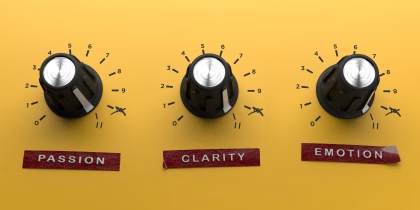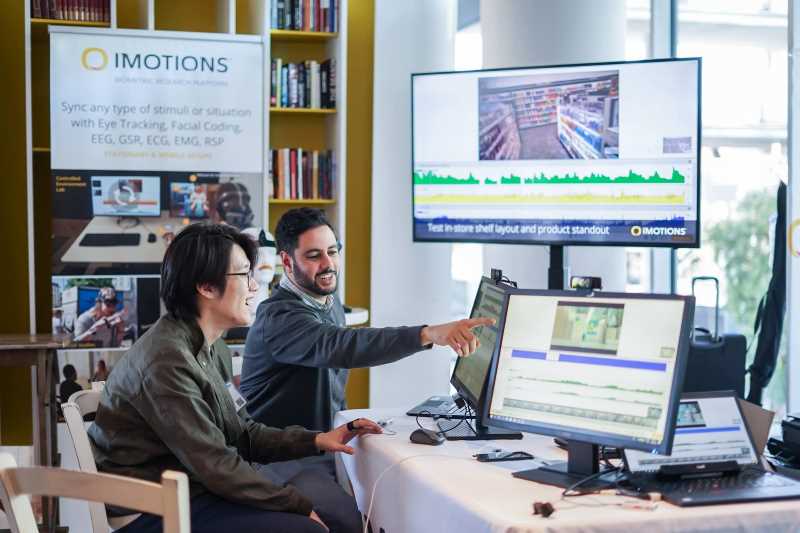Literature underscores the important role of emotions in education, especially in challenging fields like programming. Emotions such as pride, shame, relief, and disappointment are often triggered after the task; hence, they are essential as they require students’ reflection on performance and influence future decisions. Yet, these emotions remain underexplored in educational contexts. This study investigates how novice programming students experience retrospective emotions by employing a multi-modal approach that includes self-reports, behavioural and physiological biometrics (clickstream, keystroke, electrodermal activity, and eye gaze), and video analysis. The findings reveal that pride often arises when students successfully use programming constructs or correct errors, enhancing their perceived control and mastery. Conversely, shame is linked to difficulties with using familiar commands, highlighting novices’ inaccurate mental model. Moreover, relief is felt when students avoid potential failures when encountering a familiar task. In contrast, disappointment occurs when students’ efforts fail to meet their expectations. These insights underscore the need for educational strategies that integrate both cognitive and emotional considerations in teaching programming.
Related Posts
-

Your Menu Is Your Most Powerful Marketing Asset
Consumer Insights
-

Measuring Pain: Advancing The Understanding Of Pain Measurement Through Multimodal Assessment
Ergonomics
-

Feeling at Home: How to Design a Space Where the Brain can Relax
Ergonomics
-

Why Dial Testing Alone Isn’t Enough in Media Testing – How to Build on It for Better Results
Consumer Insights



